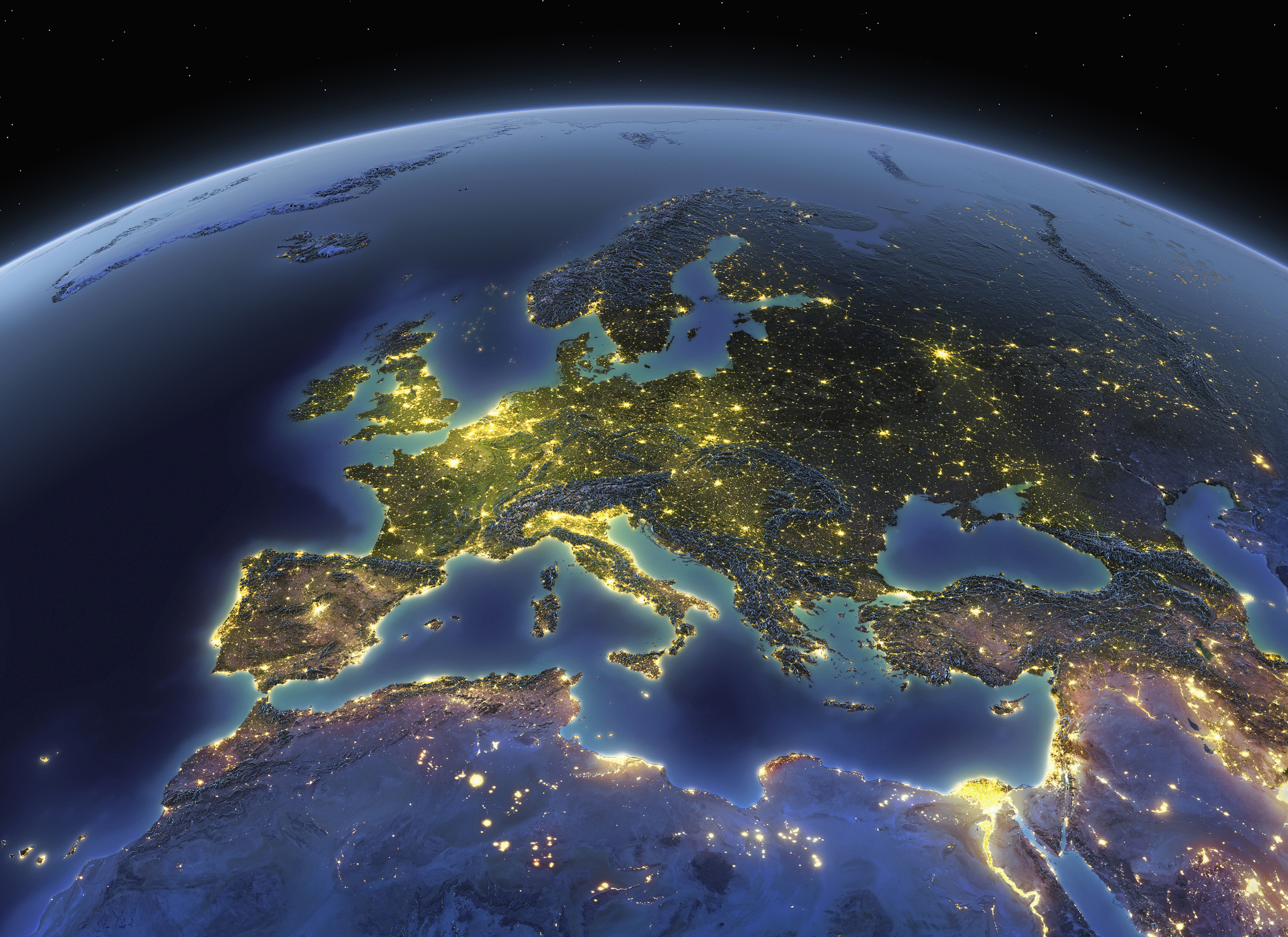China's Economy Faces Darkening Outlook
What the slowdown in China means for U.S. businesses.

To help you understand what's happening in commercial real estate and what we expect to happen in the future, our highly experienced Kiplinger Letter team will keep you abreast of the latest developments and forecasts (Get a free issue of The Kiplinger Letter or subscribe). You'll get all the latest news first by subscribing, but we will publish many (but not all) of the forecasts a few days afterward online. Here’s the latest…
Just how badly is China’s economy doing? And what does that mean for everyone else?
Long a juggernaut, China is clearly slowing. It will likely miss its 5% GDP growth target for this year, coming in at around 4.8%. As enviable as that may sound to advanced economies, it’s slow by China’s standards. It’s also remarkable for growth to come in below Beijing’s official goal — a rare failure to live up to what the Communist Party has dictated. Chinese manufacturing is still contracting. Foreign investment is poised to actually fall for the first time in China since 1990, if not earlier. Consumers are skittish and not spending.
From just $107.88 $24.99 for Kiplinger Personal Finance
Be a smarter, better informed investor.

Sign up for Kiplinger’s Free Newsletters
Profit and prosper with the best of expert advice on investing, taxes, retirement, personal finance and more - straight to your e-mail.
Profit and prosper with the best of expert advice - straight to your e-mail.
The root of China’s woes is a real estate bust that hit a few years ago and is nowhere near bottom. Unlike in the U.S., where house prices are up sharply since the pandemic, boosting household wealth. Chinese households have lost $18 trillion as the value of their homes has fallen. In China, property is the middle class’s preferred asset to own, whereas Americans are more financially diversified.
There’s probably not much Beijing can do to really turn the economy around. So far, it’s mostly relying on monetary stimulus, lowering borrowing rates, allowing smaller down payments on homes, making more cash available to borrow, etc. It may soon announce new spending programs, too. All of this seems like a stopgap.
One thing you can expect from China’s familiar playbook: Leaning on exports, which are up by double digits this year, though not enough to reach the 5% GDP goal. Encouraging exports also lifts demand for raw materials, boosting commodity prices.
The rising tide of cheap Chinese exports is intensifying global trade conflicts, leading to more tariff barriers targeting Chinese goods. Canada just levied a 100% tax on Chinese electric vehicles, plus 25% duties on Chinese steel and aluminum imports. The European Union may soon follow suit on EVs, with a tariff rate of up to 35.5%. Either U.S. presidential candidate is bound to impose additional tariffs on China: Donald Trump, more broadly, Kamala Harris, in a more targeted way. Each of them would cite not just unfair economic competition but also national security concerns.
U.S. importers are already diversifying away from China, whose products now make up 15% of imports here, down from 21% in 2018. Businesses that relied on cheap Chinese goods will have less access to them. Ditto for U.S. consumers, for whom cheap Chinese products took some sting out of inflation. In the long run, though, it could also give American manufacturers a shot to regain market share.
Look for relations between Beijing and Washington to continue to worsen — over trade and more — as China struggles to reboot its export-driven economic mode
This forecast first appeared in The Kiplinger Letter, which has been running since 1923 and is a collection of concise weekly forecasts on business and economic trends, as well as what to expect from Washington, to help you understand what’s coming up to make the most of your investments and your money. Subscribe to The Kiplinger Letter.
Related stories
Profit and prosper with the best of Kiplinger's advice on investing, taxes, retirement, personal finance and much more. Delivered daily. Enter your email in the box and click Sign Me Up.

Rodrigo Sermeño covers the financial services, housing, small business, and cryptocurrency industries for The Kiplinger Letter. Before joining Kiplinger in 2014, he worked for several think tanks and non-profit organizations in Washington, D.C., including the New America Foundation, the Streit Council, and the Arca Foundation. Rodrigo graduated from George Mason University with a bachelor's degree in international affairs. He also holds a master's in public policy from George Mason University's Schar School of Policy and Government.
-
 Stocks Swing in Volatile Session: Stock Market Today
Stocks Swing in Volatile Session: Stock Market TodayThe main indexes fell sharply in early trading on rising China tensions, but rebounded thanks to encouraging bank earnings.
-
 Don't Miss Out! A Quiz on Medicare Enrollment Deadlines
Don't Miss Out! A Quiz on Medicare Enrollment DeadlinesQuiz Test your basic knowledge of Medicare enrollment periods in our quick quiz.
-
 Apple Readies for AI Upgrade with New iPhones
Apple Readies for AI Upgrade with New iPhonesThe Kiplinger Letter The tech giant has stumbled when it comes to artificial intelligence, but a new batch of iPhones will help it make headway.
-
 Japan Enters a New Era of Risk and Reform
Japan Enters a New Era of Risk and ReformThe Kiplinger Letter Japan has entered a pivotal moment in its economic history, undertaking ambitious policy and structural reforms to escape from decades of stagnation.
-
 How Consumers Are Tinkering with Cutting-Edge AI
How Consumers Are Tinkering with Cutting-Edge AIThe Kiplinger Letter Companies launching artificial intelligence tools are jostling for consumer attention. Some products are already building a deep connection with users.
-
 After Years of Stagnant Growth, Hope Emerges for EU Economy
After Years of Stagnant Growth, Hope Emerges for EU EconomyThe Kiplinger Letter Can a German fiscal push outweigh French political peril?
-
 Small Businesses Are Racing to Use AI
Small Businesses Are Racing to Use AIThe Kiplinger Letter Spurred on by competitive pressures, small businesses are racing to adopt AI. A recent snapshot shows the technology’s day-to-day uses.
-
 How AI Puts Company Data at Risk
How AI Puts Company Data at RiskThe Kiplinger Letter Cybersecurity professionals are racing to ward off AI threats while also using AI tools to shore up defenses.
-
 Trump's Economic Intervention
Trump's Economic InterventionThe Kiplinger Letter What to Make of Washington's Increasingly Hands-On Approach to Big Business
-
 AI Start-ups Are Rolling in Cash
AI Start-ups Are Rolling in CashThe Kiplinger Letter Investors are plowing record sums of money into artificial intelligence start-ups. Even as sales grow swiftly, losses are piling up for AI firms.